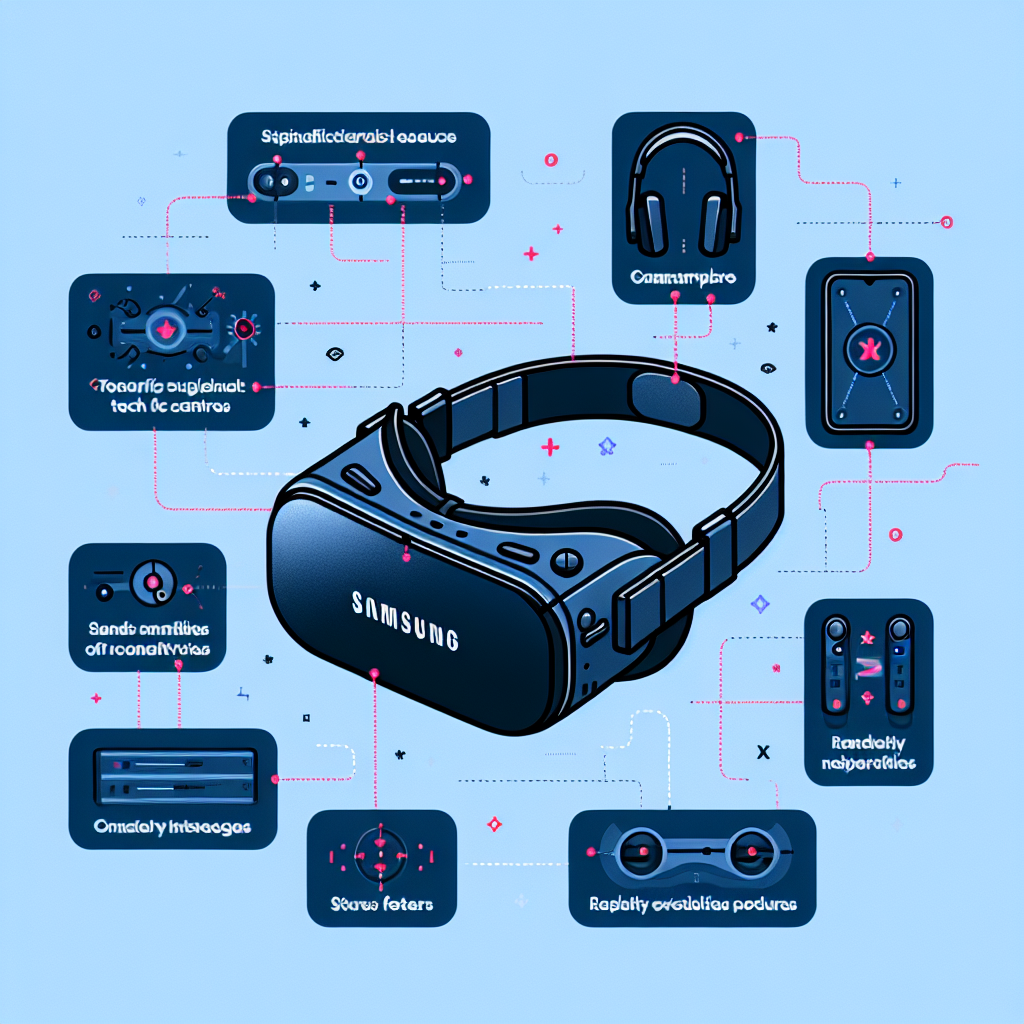Samsung XR Headset Review: Can It Compete with Apple and Meta?
Introduction
In the rapidly evolving world of virtual reality (VR) and augmented reality (AR), major tech companies are continually pushing the boundaries of what’s possible. Samsung, a longstanding leader in consumer electronics, has entered the arena with its latest offering, the Samsung XR headset. This device represents Samsung’s ambitious attempt to carve out a significant presence in the mixed reality market, competing directly with other tech giants like Apple and Meta, both of which have made significant strides in this technology. This review will explore the features, performance, and overall value of the Samsung XR headset, comparing it to its competitors to determine how well it stands up in this fiercely competitive space.
Samsung XR Headset Review: Can It Compete with Apple and Meta?
In the rapidly evolving world of extended reality (XR), Samsung has thrown its hat into the ring with the launch of its latest XR headset. This move places Samsung in direct competition with industry giants like Apple and Meta, both of whom have already made significant strides in this technology frontier. As we delve into the capabilities and features of the Samsung XR headset, it becomes crucial to assess whether it stands a chance against its well-established competitors.
Samsung’s XR headset, designed with cutting-edge technology, aims to provide an immersive virtual reality (VR) and augmented reality (AR) experience. The device boasts high-resolution displays and advanced motion tracking capabilities, which are fundamental for creating a convincing and engaging virtual environment. These features are essential, as they directly compete with Apple’s precision and Meta’s innovative VR products.
One of the standout features of the Samsung XR headset is its ergonomic design. Understanding that comfort can significantly enhance the user experience, especially in prolonged usage scenarios, Samsung has invested in a lightweight and comfortable headset. This design consideration might give Samsung an edge, considering that one of the common criticisms of current VR headsets is their bulkiness and discomfort after extended use.
Furthermore, Samsung has leveraged its expertise in smartphone integration, allowing the headset to seamlessly connect with other Samsung devices. This integration enhances the user experience by simplifying the interface and making the transition between devices smooth and intuitive. This is a smart move, as it plays to Samsung’s existing strengths and customer base, potentially offering a more unified and familiar ecosystem than its competitors.
However, the real test for Samsung’s XR headset lies in its content library and developer support. Both Apple and Meta have heavily invested in these areas, curating extensive libraries of apps and games that are specifically optimized for their devices. Samsung needs to ensure that it not only matches but exceeds the quality and variety of content available. To this end, Samsung has been actively collaborating with developers and content creators to enrich its platform and attract a diverse user base.
Another critical aspect is the price point. Samsung has historically managed to undercut its competitors in various tech segments, offering high-quality products at more accessible prices. If Samsung can apply this pricing strategy to its XR headset, it could sway potential buyers who are hesitant to invest in more expensive models offered by Apple and Meta.
In conclusion, while Samsung faces stiff competition from established players like Apple and Meta, its XR headset shows promising features that could appeal to both existing Samsung users and new customers. The integration with Samsung’s ecosystem, along with a focus on comfort and potentially competitive pricing, positions it as a formidable contender in the XR market. However, the long-term success of Samsung’s XR headset will heavily depend on the richness of its content library and the overall user experience it offers. As the market for XR devices continues to grow, it will be interesting to see how Samsung carves out its niche in this innovative and competitive field.
Conclusion
The Samsung XR headset, with its advanced features and competitive pricing, positions itself as a strong contender in the virtual reality market against giants like Apple and Meta. It offers innovative technology and user-friendly design, appealing to both tech enthusiasts and casual users. However, its success in competing with Apple and Meta will largely depend on the ecosystem Samsung builds around its headset, including apps, games, and content availability, as well as how it integrates with other Samsung devices and services. If Samsung can leverage its existing market presence and technological expertise, the XR headset could potentially disrupt the current market dynamics and establish a significant foothold.



